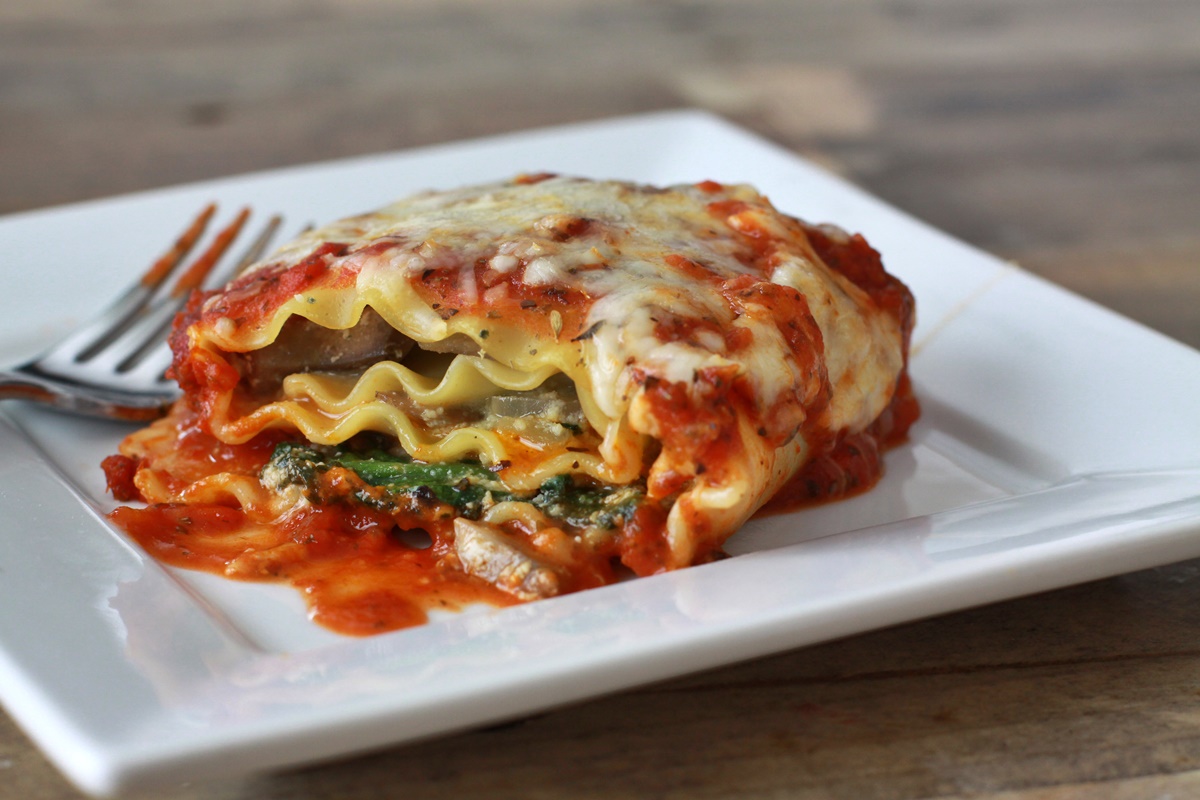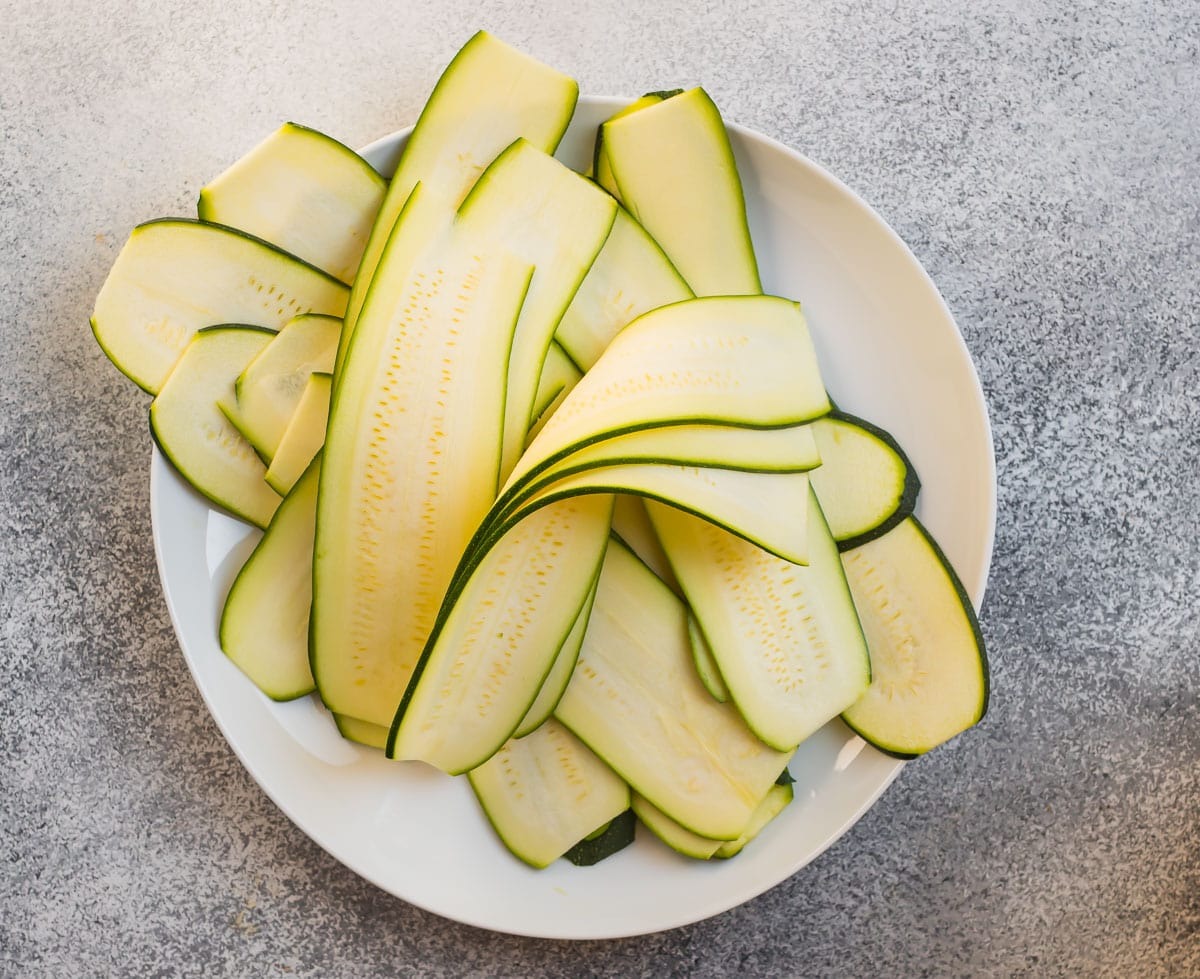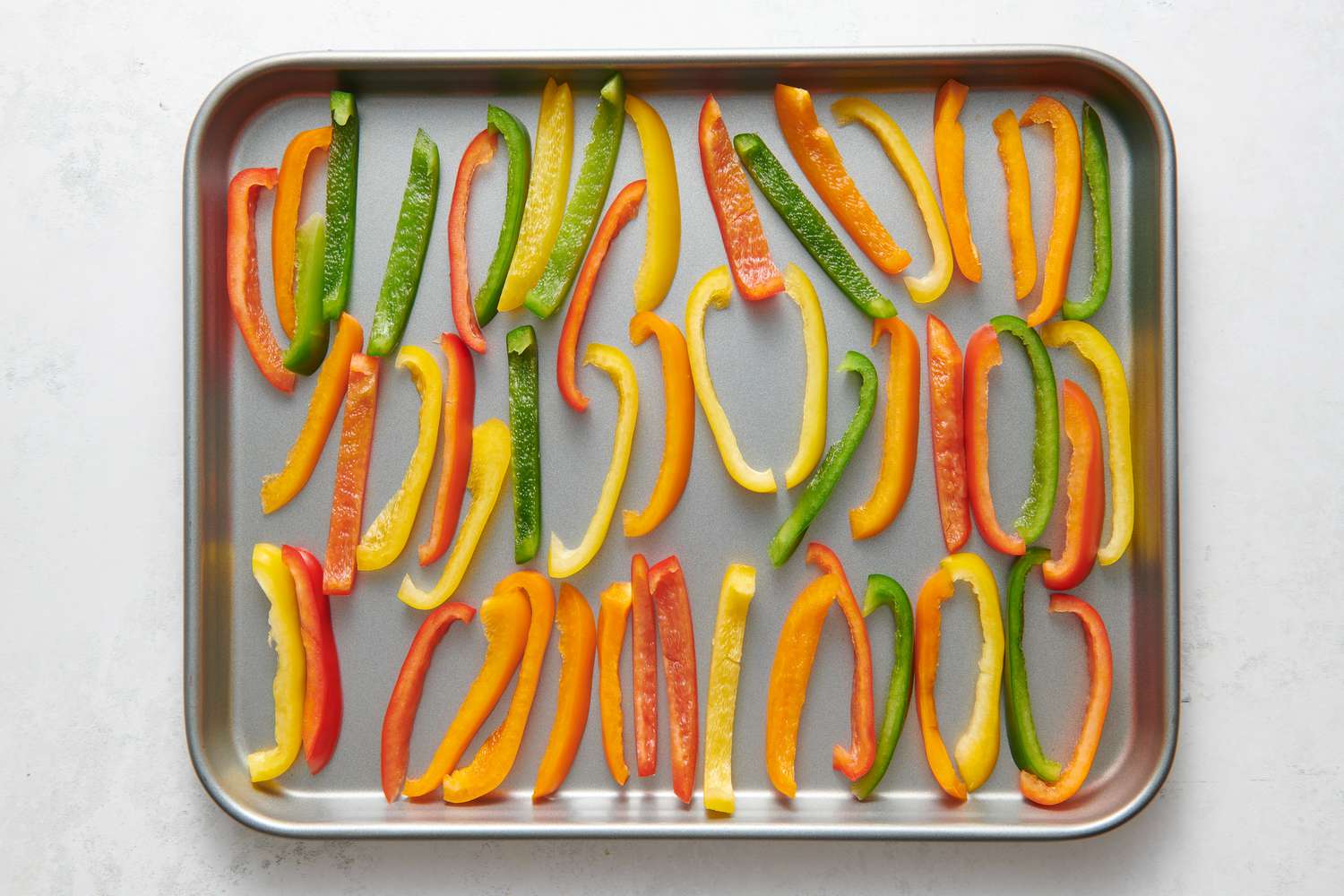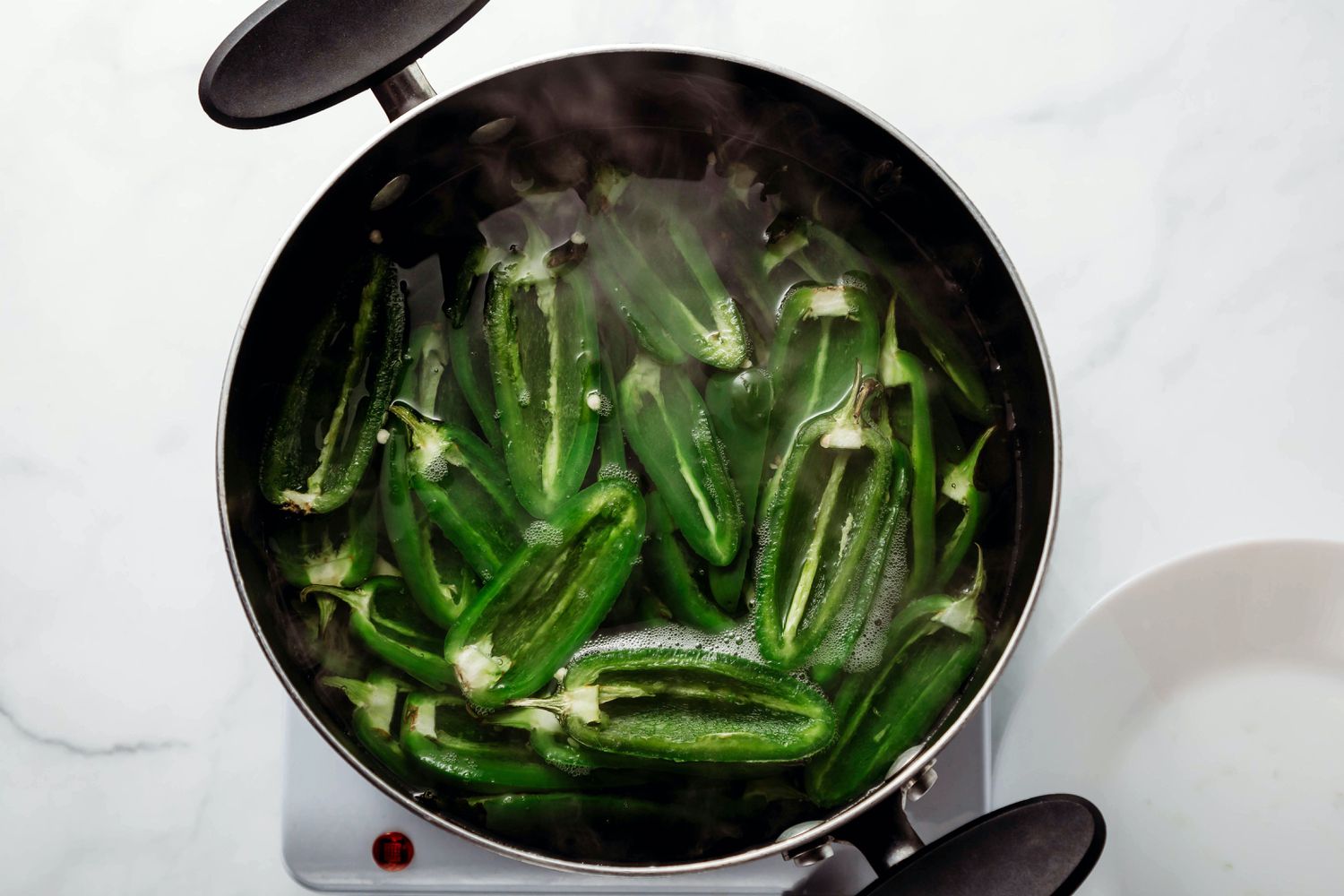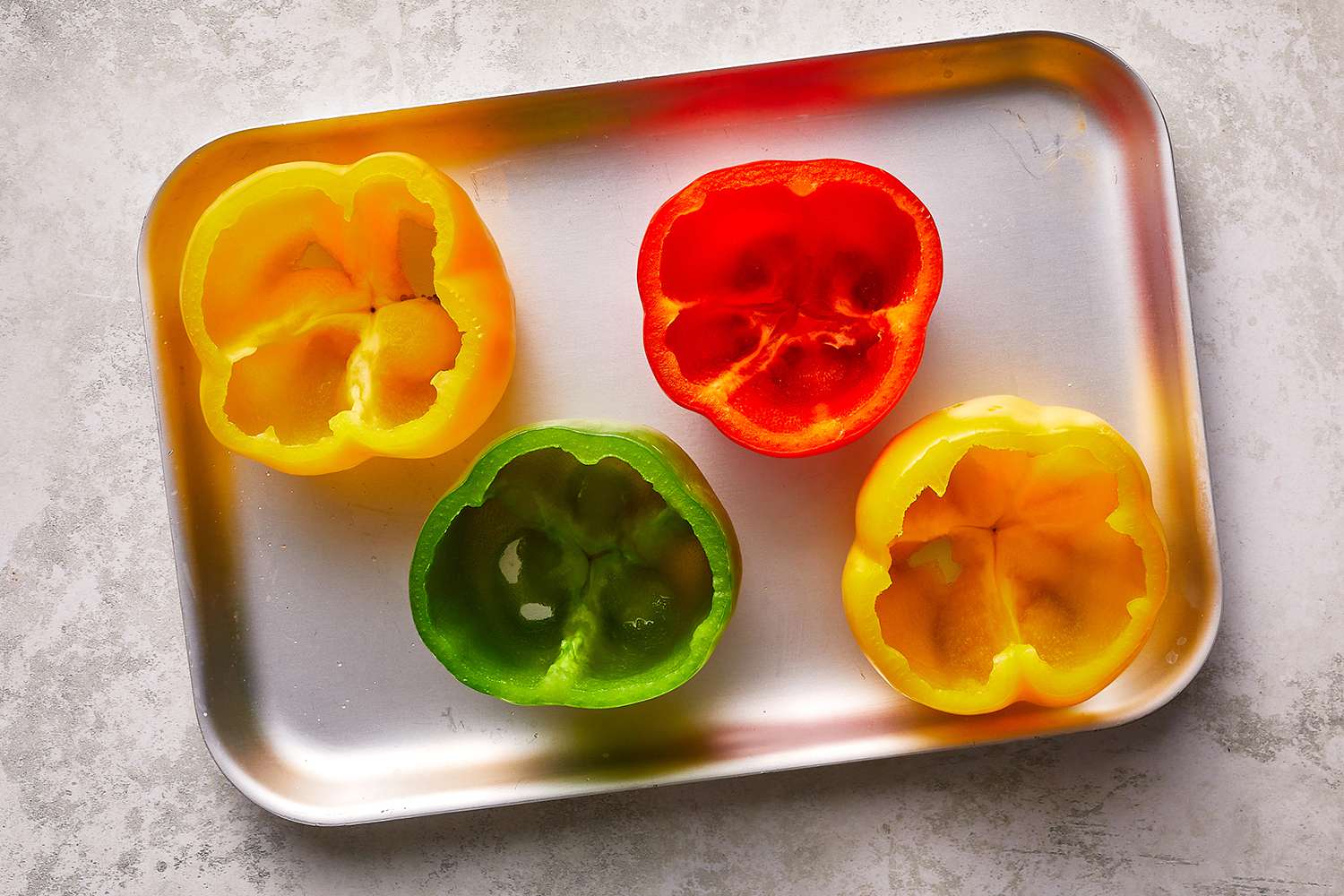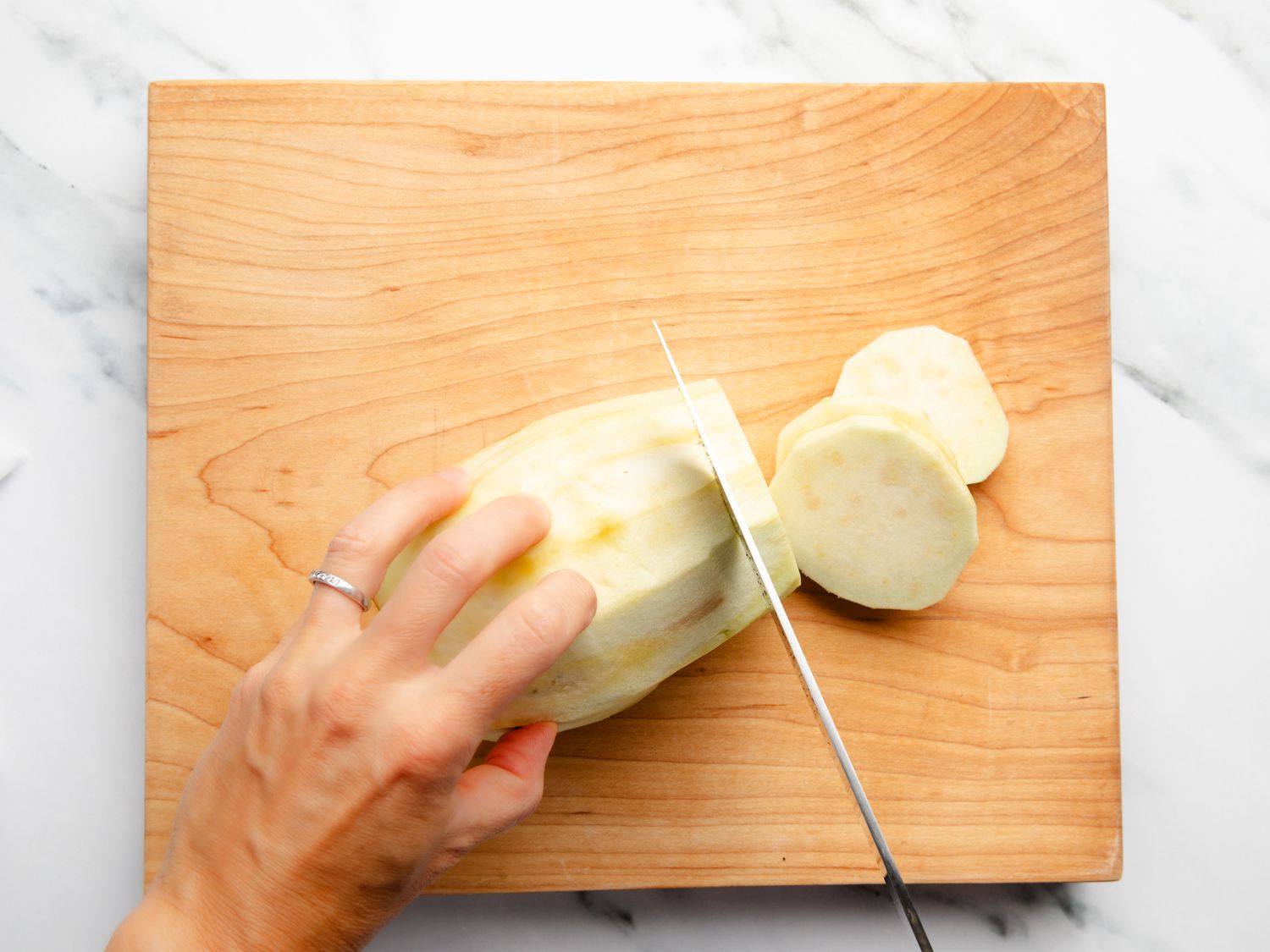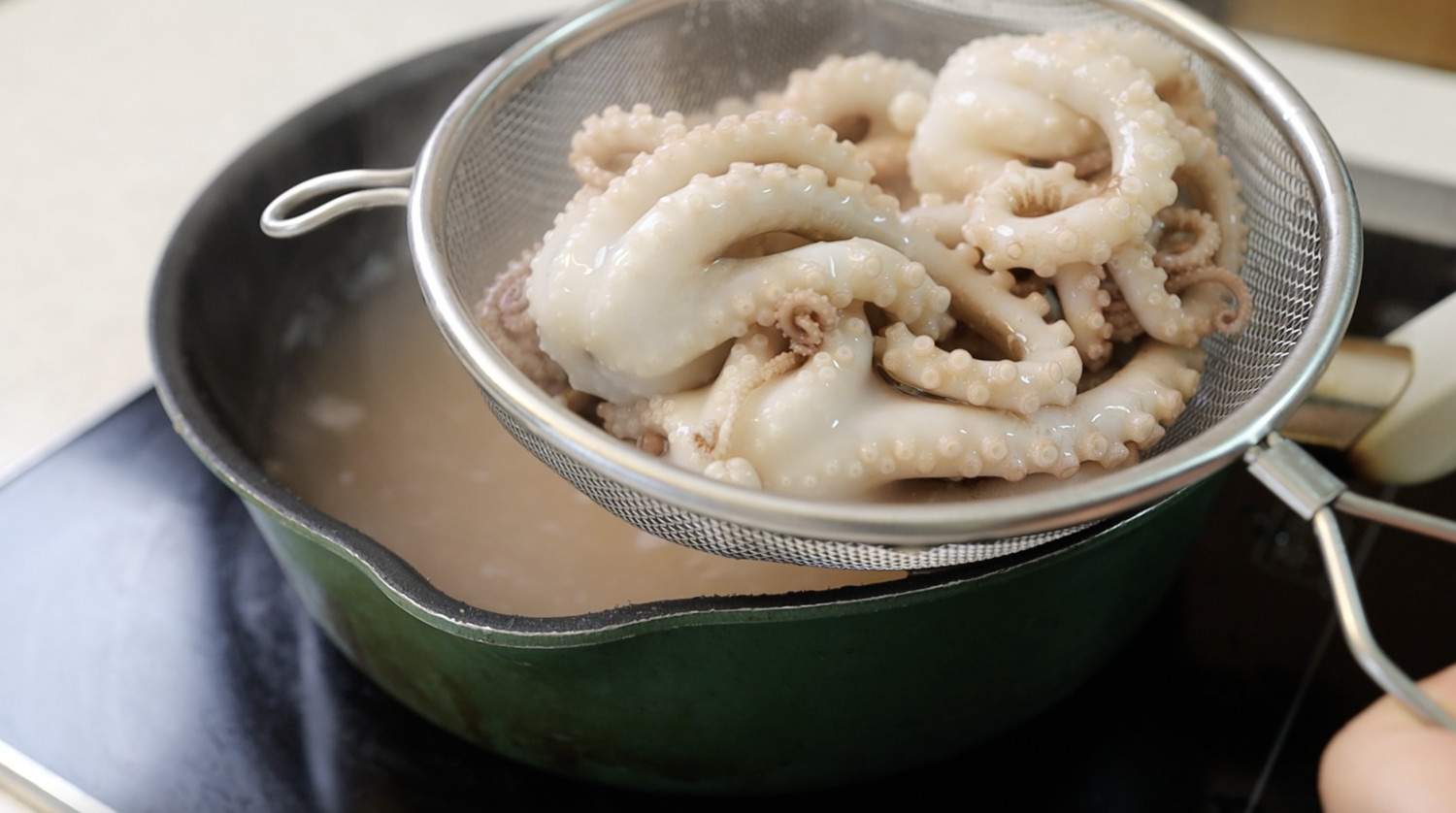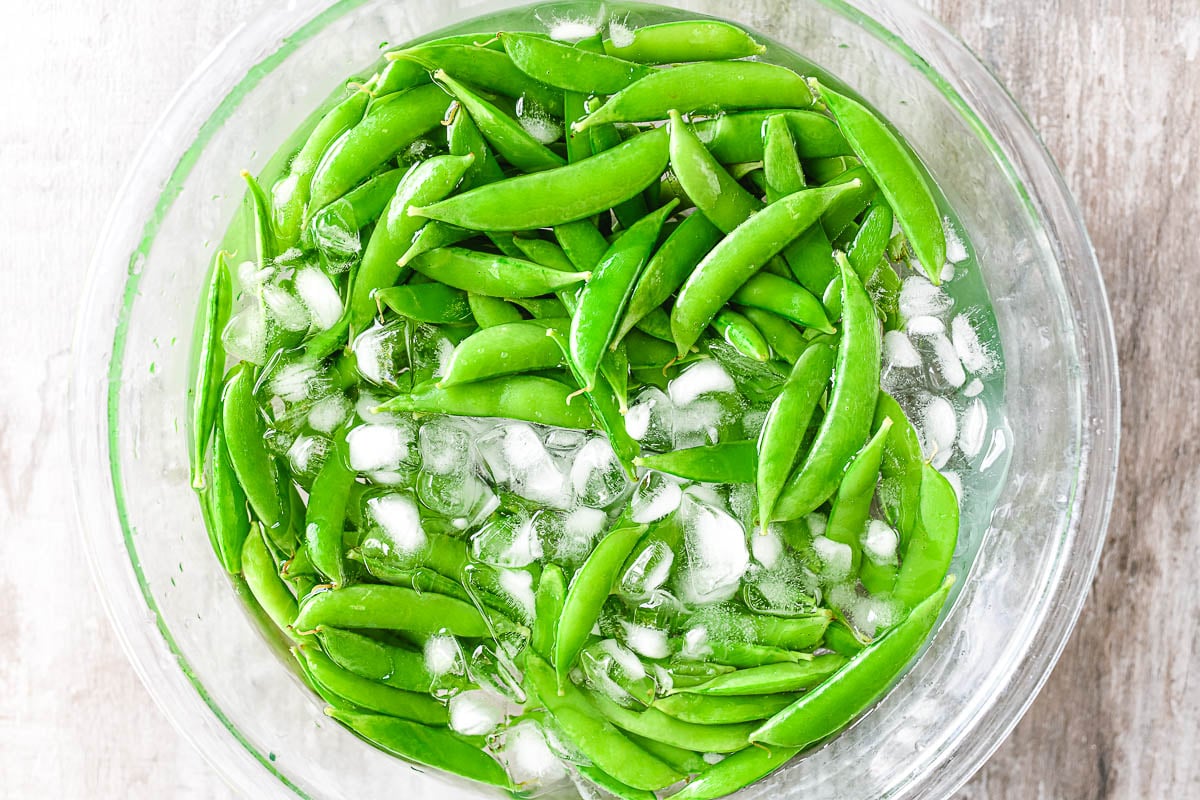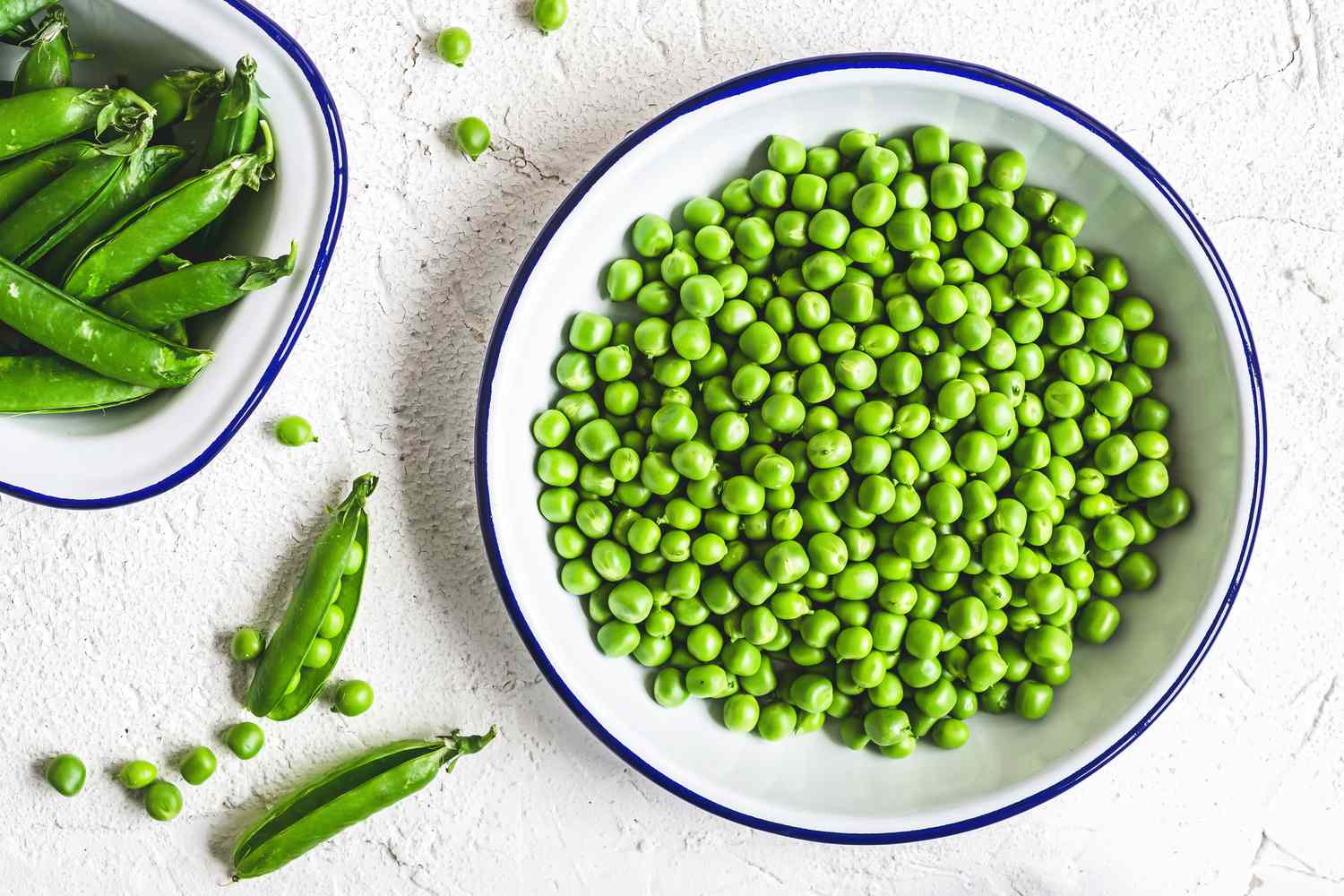What Are Rice Noodles?
Rice noodles are a staple in many Asian cuisines and are commonly used in dishes such as pad thai, pho, and stir-fries. These noodles are made from rice flour and water, giving them a delicate and slightly chewy texture. They come in various shapes and sizes, including flat, thin, and vermicelli.
Why Blanch Rice Noodles?
Blanching rice noodles is a crucial step in preparing them for use in various dishes. Blanching not only softens the noodles but also helps remove excess starch, resulting in a better texture and preventing them from becoming mushy when cooked further.
Steps to Blanch Rice Noodles
Follow these simple steps to blanch rice noodles to perfection:
- Boil Water: Fill a large pot with water and bring it to a rolling boil. Ensure that there is enough water to fully submerge the rice noodles.
- Soak the Noodles: Place the rice noodles in a heatproof bowl. Pour the boiling water over the noodles, ensuring they are fully submerged. Let them soak for about 5-7 minutes or until they are tender but still slightly firm.
- Stir Occasionally: Gently stir the noodles with chopsticks or a fork while they are soaking to prevent them from sticking together.
- Test for Doneness: After the soaking time, carefully taste a strand of noodle to check if it has reached the desired texture. It should be soft but still have a slight bite to it.
- Drain and Rinse: Once the noodles are ready, drain them in a colander and rinse them under cold water to stop the cooking process and remove any excess starch.
Uses of Blanched Rice Noodles
Blanched rice noodles can be used in a variety of dishes, including:
- Pad Thai: A classic Thai stir-fried noodle dish
- Pho: A Vietnamese soup typically made with beef or chicken broth
- Stir-fries: Incorporate blanched rice noodles into your favorite stir-fry recipes for a satisfying meal
Conclusion
Blanching rice noodles is a simple yet essential technique to ensure that they are perfectly cooked and ready to be used in a variety of dishes. By following the steps outlined above, you can easily blanch rice noodles at home and elevate the flavor and texture of your favorite Asian-inspired meals.
Blanching rice noodles is a fundamental skill that can elevate many dishes. For a flavorful experience, try the Chicken Pho Recipe or Beef Pho Recipe, where perfectly blanched noodles soak up rich broths. If you're craving something spicy, Spicy Thai Noodle Soup Recipe and Garlic Chili Rice Noodles Recipe are excellent choices. For a lighter, refreshing option, Sesame Ginger Noodle Salad Recipe and Grilled Chicken Noodle Salad Recipe offer vibrant flavors and textures. Each of these recipes highlights the versatility of blanched rice noodles, making them an essential addition to your culinary repertoire.

